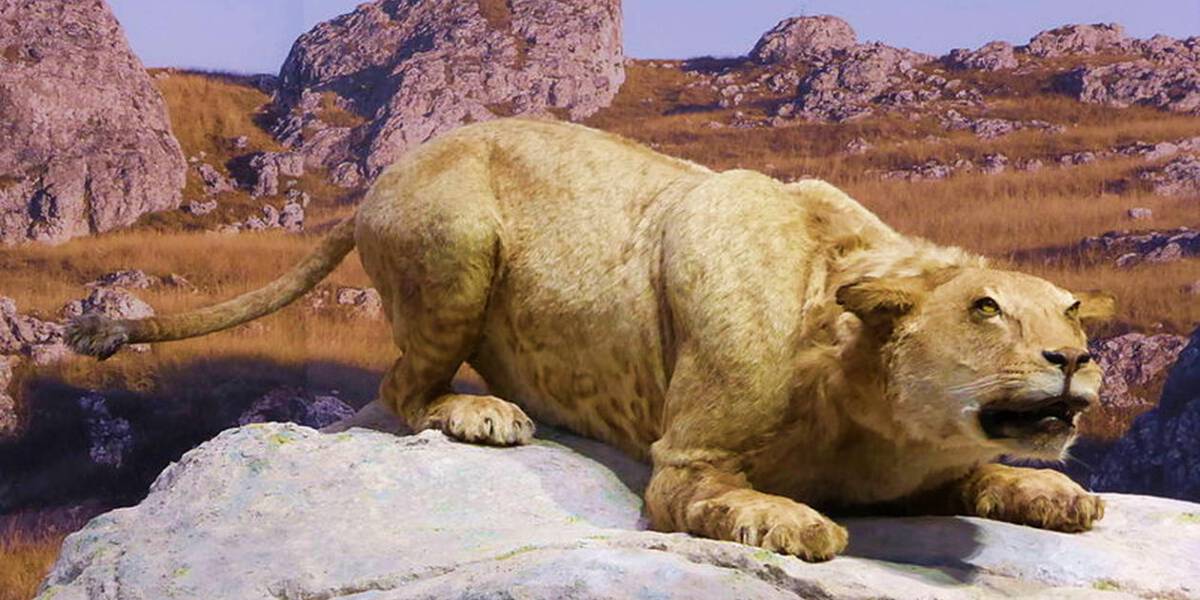When it comes to the world of prehistoric animals, there are some absolutely terrifying creatures. Some happen to be ancestors to much smaller creatures that would never affect us today. Meanwhile, others are ancestors to creatures still deadly to humans in present day. The real thing about the most threatening prehistoric predators known to man is that each one is massive. Back in their eras, oxygen levels were much much higher than they are today. These levels allowed for creatures to grow to unimaginable sizes.
Even as we leave the era of the dinosaurs, creatures are still experiencing great oxygen levels to improve their size. This would change about a million years ago to slowly go down to the numbers we experience today. We thought it might be interesting to look back at these amazing prehistoric predators and shine a light on a lot of them. While there will be some dinosaurs on the list, there will be many that are not related to them, in spite of movies getting that wrong a lot. In fact, some did not go extinct until well after homo sapiens existed.
American Cave Lion

Historic Period: Pleistocene epoch and the early Holocene epoch
Larger than African and Asian Lions today, the American Cave Lion was known for being a top predator during its time period on the planet. As the name suggests, most were found in the Americas. The European Lion, a cousin to the American, was around the same size with the American being a little bigger. This, in effect, makes it the largest lion species in history. For those wondering, it has no relation to the American Mountain Lion, also known as the Puma.

Pumas are part of their own species whereas the American Cave Lion is part of the Panthera line of big cats. It is said to have lived up until around 10,000 years ago, which means it very well could have interacted with humans. It still counts as prehistoric in spite of this, due to first showing up around 340,000 years ago. That said, it was one of the most threatening prehistoric predators that early humans had to fear.
